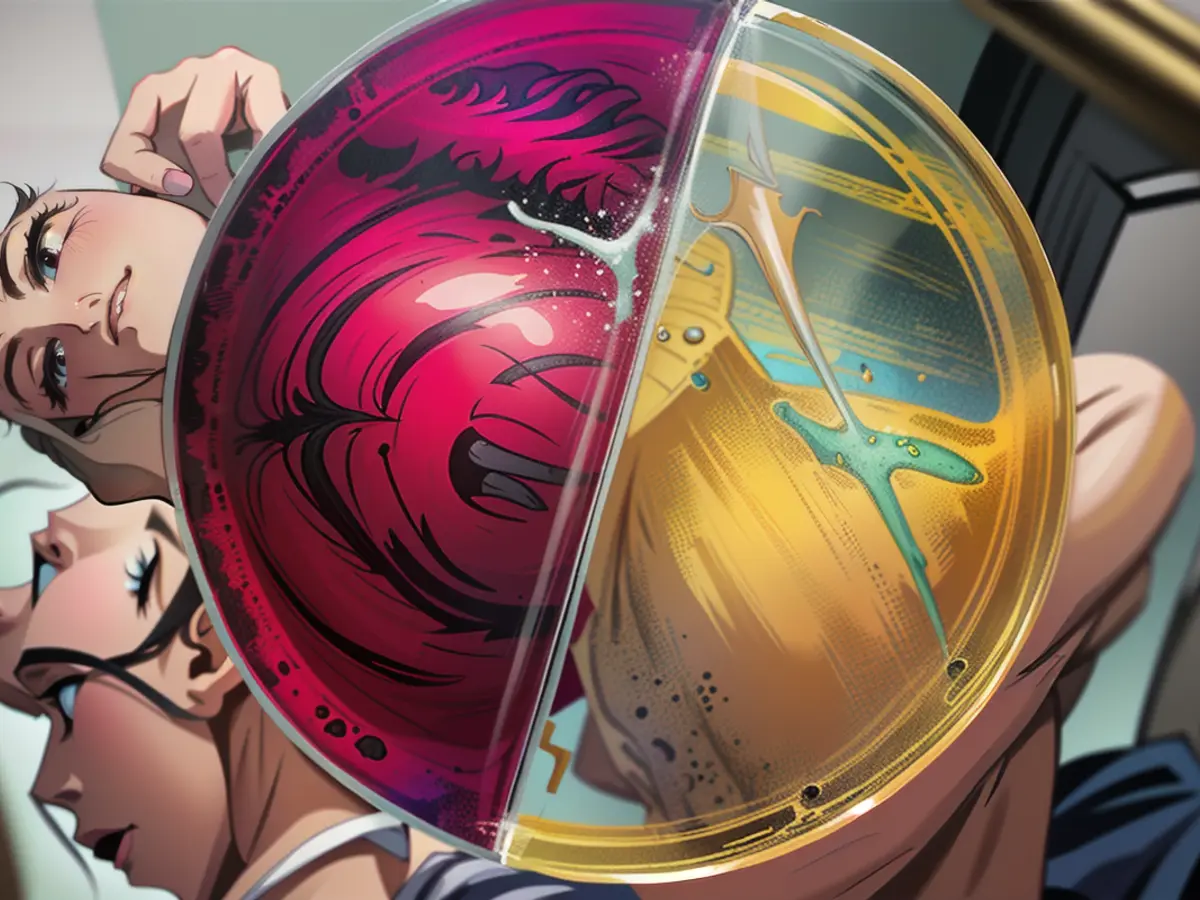Experts can gain insights from analyzing stool samples.
Hundreds of distinct microorganisms inhabit our intestine. These organisms play a crucial role in determining health or illness. A lab in Ingelheim works on identifying these bacteria in stool samples. However, this process isn't simple.
What you see here, under a massive hood and mostly hidden behind a glass pane, was once breakfast, lunch, or dinner. Samples from doctors' surgeries and hospitals arrive at Bioscientia laboratory in Ingelheim by midday. They're first separated. One portion is utilized for cultivating bacteria such as salmonella and campylobacter, while the other is prepped for PCR tests to detect particular gene sequences.
Afterward, it's like a scavenger hunt: many viruses, bacteria, and parasites can result in gastrointestinal disorders and diarrhea. Most people know noroviruses, which the Robert Koch Institute (RKI) records thousands of incidents in Germany annually. However, they're only accountable for half of non-bacterial infections in the gut tract. Therefore, we need to find the actual pathogen among numerous choices.
Modern methods can analyze a sample for 20-30 common pathogens simultaneously using multiplex PCR. A team from Frankfurt University Hospital compared these tests to traditional methods. According to their research published in February, the detection rate was higher, and results were available faster. This approach enables discovering pathogens you may not suspect - random hits.
PCR tests can't distinguish antibiotic-resistant bacteria. "To determine resistance and track epidemics, samples must keep being cultured," the study says.
The Bioscientia laboratory also has towers of conventional Petri dishes on tables, used to examine if there are living bacteria within a stool sample. Dr. Gergely Bodis discusses this. More and more people want to understand their gut microbiome.
Some use at-home test kits, hoping findings will help solve concerns or suggest specific diet adjustments. However, the German Society for Gastroenterology, Digestive and Metabolic Diseases cautions against these tests. Reasons include non-standardization and user difficulty in interpreting them.
Our intestinal lining's microbiome differs for each person, just like a fingerprint. No uniform standard exists to describe a healthy gut microbiome. The microbiome is unique, making it challenging to advise lifestyle changes or supplement usage based on test results.
A small amount of feces works for standard analysis, notes Bodis: the size of a hazelnut. "Patients tend to be more generous." What irritates staff isn't excessive giving, but improper equipment usage. Daniela Şaşma adds, "Some send feces in jars. They switched from film canisters pre-digital photography's rise."
Read also:
- This will change in December
- Dikes withstand water masses so far - Scholz holds out the prospect of help
- Fireworks and parties ring in 2024 - turn of the year overshadowed by conflicts
- Attacks on ships in the Red Sea: shipping companies avoid important trade route
Source: www.ntv.de








